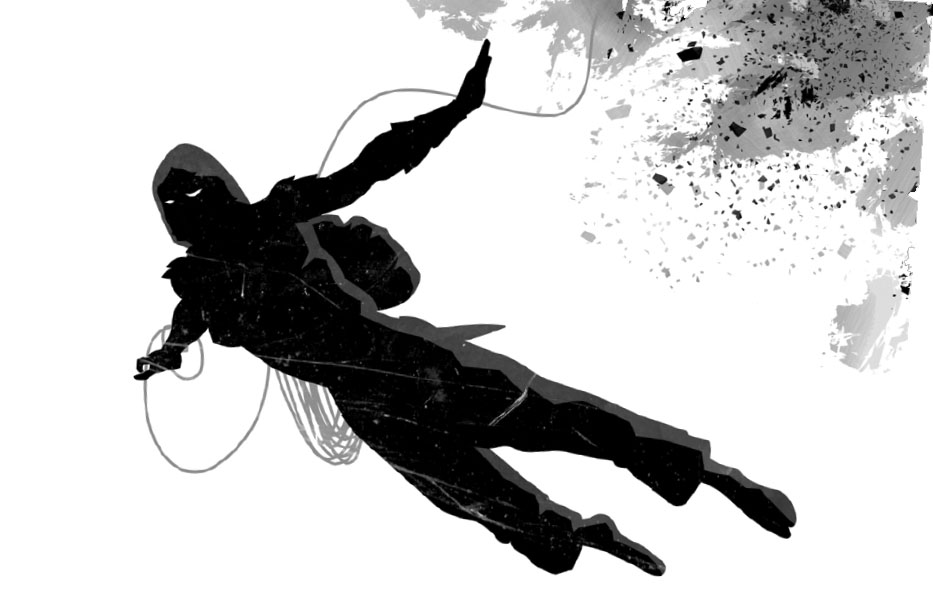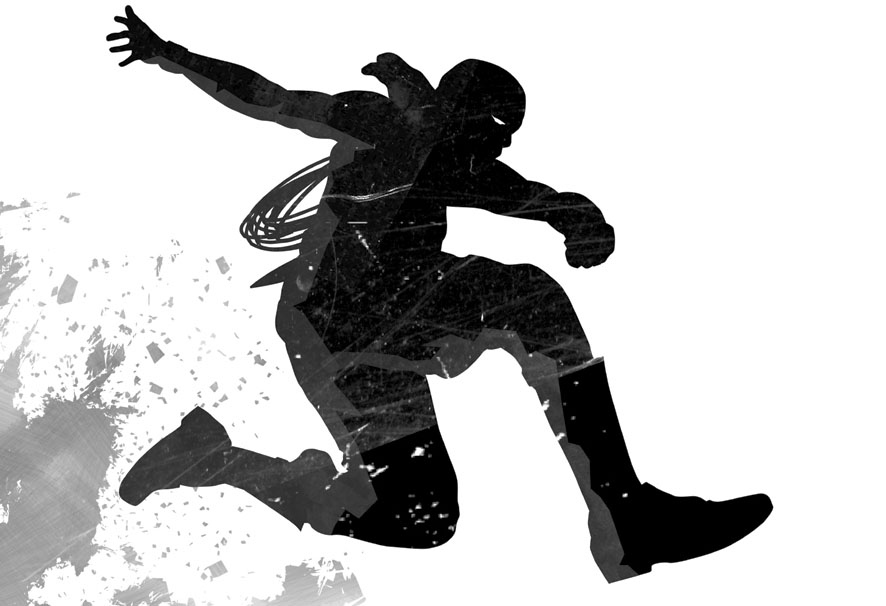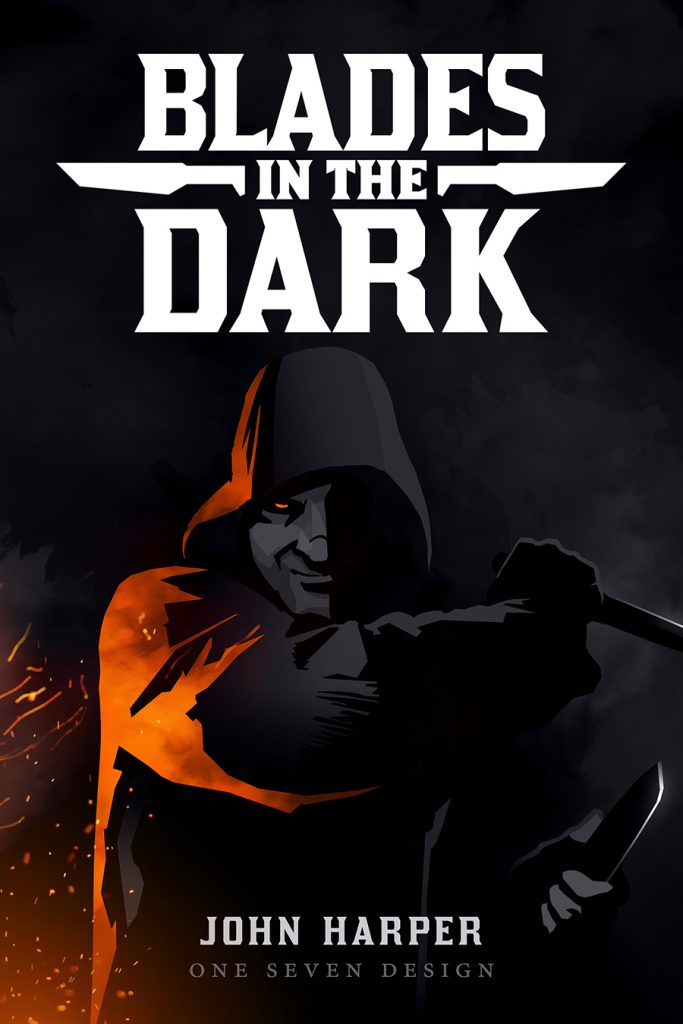
Before the development of the modern clone spell – a powerful magical rite that would allow a spellcrafter to duplicate his own body – the archaic version of the spell was dangerous to both subject and spellcaster. However, the now largely forgotten blood clone spell was safer, although it was not as useful (the subject would awaken an amnesiac). Most modern practitioners of the craft now considered blood clone to be only one step removed from raising the dead, since one was essentially capturing a soul which would then lose its own identity.
In this journal entry you can see a gimmick that I find appealing: The idea that the magical spells and equipment found in the core rulebook represent the current “state of the art” when it comes to magical understanding in the game world, but that, like any other body of knowledge, it was preceded by long aeons of experimentation and cruder antecedents.
And when you go poking around in the dark and dusty portions of the world (like, say, subterranean vaults) you’re likely to stumble across those antecedents (or their remnants).
Sometimes you can find weird oddities in the way this older stuff works, presenting utility which may have been lost with the more efficient modern versions. (Odd parallel with the Old School Renaissance there.) But this unexpected utility isn’t really the point; the point is to create a sense of antiquity. Or, I suppose more accurately, to give the game world actual antiquity. The sort of real depth that breathes life into a setting and makes the word “ancient” in “ancient ruins” into something that’s meaningful.
Hence the blood clone facility the PCs find here.
If you’re designing antecedent magic for your own campaign, here are a few angles to think about.
LIMITED EFFECT: Like the blood clone spell, look at a magical element and figure out how you could strip out some aspect of its utility. Just stripping out that utility and having a slightly crappier version of the spell is okay, I guess, but it’s better if you can look at that limitation and find a way to evocatively express it.
For example, a mirror image spell which was limited to casting your duplicate images into actual mirrors. Or a teleport artifact based on an older version of the spell that leaves a peephole-sized tear in reality for 1d4 minutes, making it easy for people to see where you’ve gone.
BIGGER: Look at your smartphone. Imagine how many warehouses it would have taken to house that much computing power back in the ‘40s. Now, apply the same logic to magic.
For example:
LEY-LACED MARBLE
Ley-laced marble is a naturally occurring stone. During the metamorphic processes which form the marble, ley-energy permeates the impurities lacing the original sedimentary rocks. The resulting marble (which is usually found on or near ley lines) is possessed of properties similar to a pearl of power. (In fact, it’s hypothesized that pearls of power were created by reverse-engineering ley-laced marble.)
Unlike pearls of power, however, ley-laced marble is not particularly efficient in its retention of magical energy. In addition to being difficult to excavate from the ground, ley-laced marble must be maintained in such large chunks in order to maintain its properties that it is rarely if ever portable in any true sense of the word.
However, rites have been perfected which allow a piece of ley-laced marble to be keyed to a specific object. Anyone carrying the keyed object can access the powers of the ley-laced marble at a distance of 1 mile per caster level.
Later in the campaign, the PCs find the statue of an archer carved from ley-laced marble and the adamantine arrow to which the statue has been keyed in the collection of a lich. Not only does this emphasize that the lich’s legacy stretches back into time immemorial, it also creates treasure with unique interest.
SIDE EFFECTS: You could do the same thing back in Ye Olden Days, but there were consequences we no longer suffer from; kinks that generations of patient work and research have managed to work around.
For example, did you know that the earliest magical potions required you to surgically extract and pulp the brain of a freshly dead arcanist who had memorized the spell? Once established, these could be alchemically maintained sort of like sourdough starters. The problem is that sometimes the drinker of such a potion would be “infected” with the memories of the original arcanist from which the potion stock had been derived. False memories, geas-like obsessions, and other strange affectations could result.
You can also use this to push magical research in the opposite direction: Somebody figures out how to create a magic item that’s more powerful than the common variety, but they haven’t worked out all the kinks yet. For example, I had a potion master in my campaign who had developed potions with unusually powerful effects, but also unusually powerful side effects. For example:
Granite Hide: This grainy, chalk-tasting, orange liquid turns the imbiber’s skin into a pliable yet hard-as-granite substance. (Treat as stoneskin spell.) The potion lasts for 1 hour. After the potion wears off, the victim suffers 1d6 points of Dexterity damage from a calcification of the joints (temporary damage, no save).
Caster Level: 7th; Prerequisites: Brew Potion, stone skin; Market Price 2,350 gp
MISSING LINKS: Once you’ve established one piece of antecedent magic, you can also look at filling in the “missing links” between then and now. For example, later in the campaign the PCs had the opportunity to discover another blood clone facility, but in this case one which showed that the ancient arcanist had figured out how to re-imbue the clone with the original’s memories. It was still an overwrought and complicated process compared to a modern clone spell, but it’s getting closer.
As you can see, this won’t be the last time antecedent magic crops up in this campaign journal. After all, it is, as I said, a gimmick that I like.







